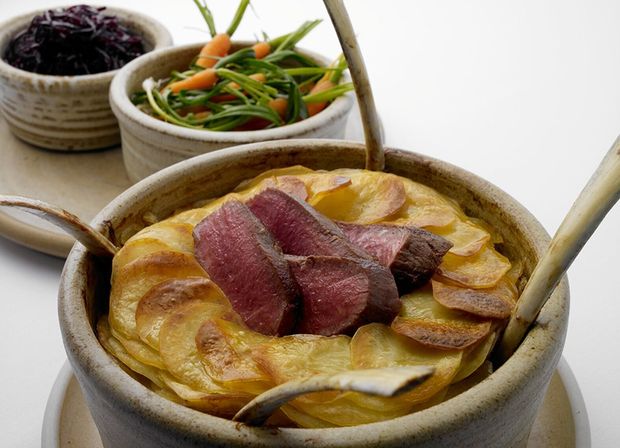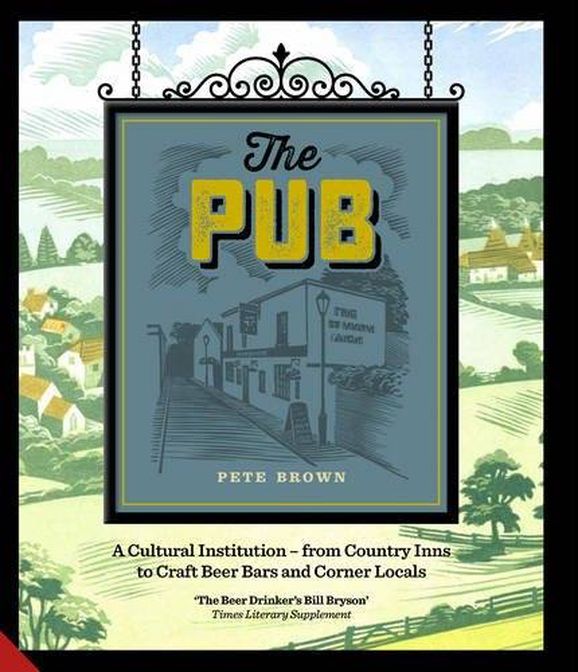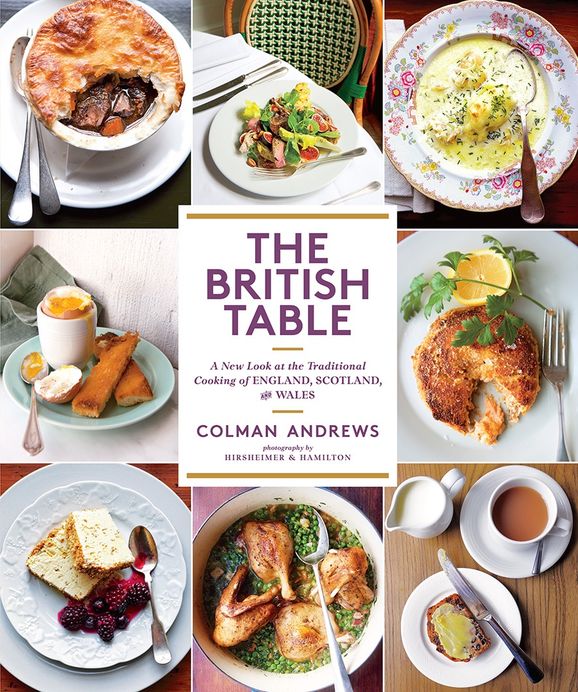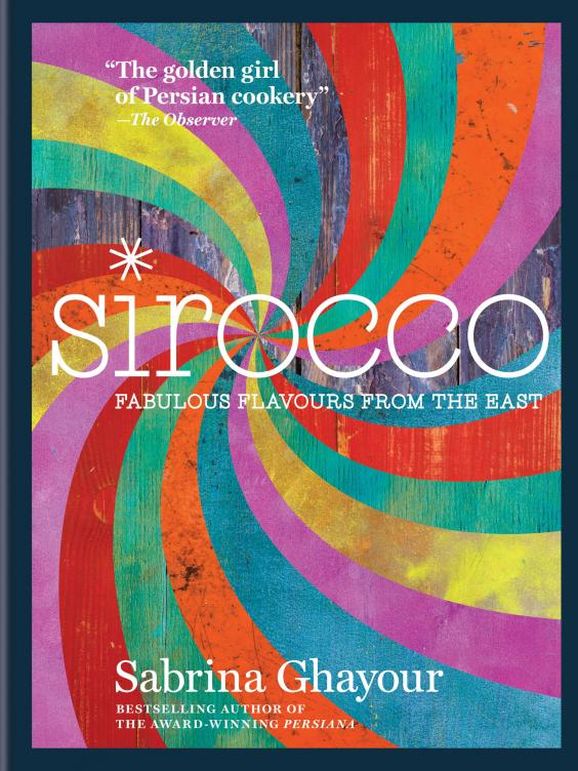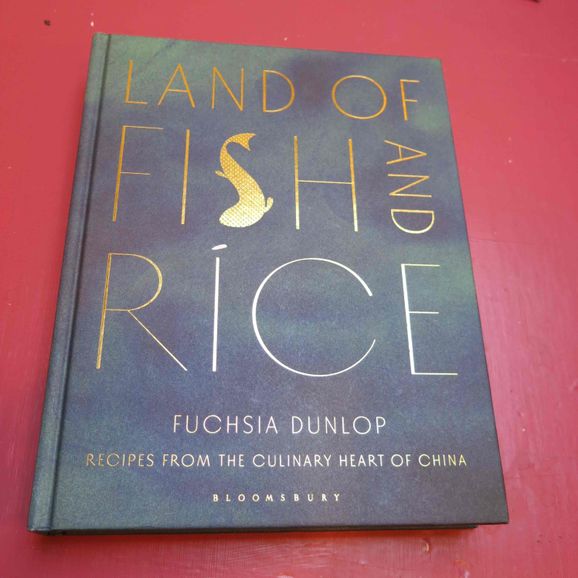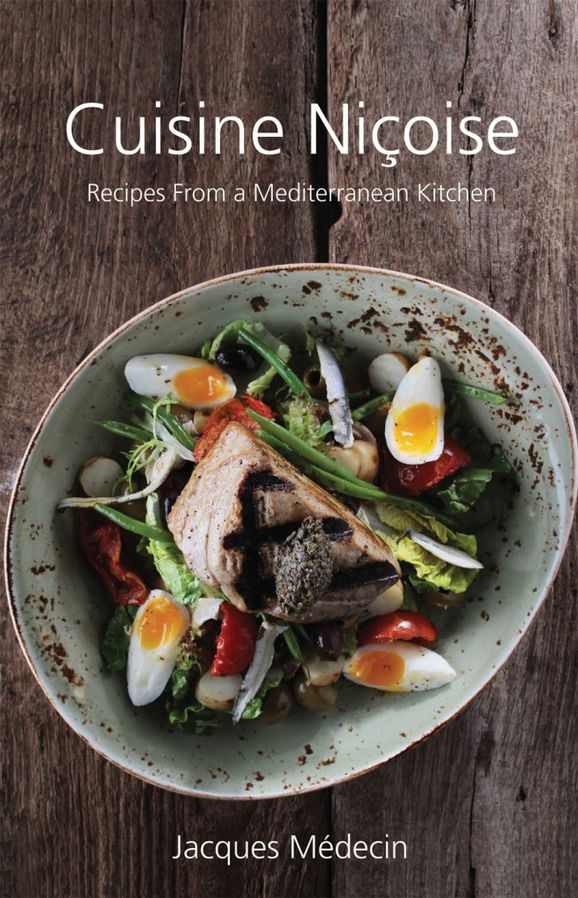THESE are very personal choices from another prodigious year of cookbook publishing. I make no apologies for ignoring bestseller lists heavy (though that’s not’s the right word) with body-conscious, guilt-trip, clean eating tomes written by delicious young women.
I’m reluctant, too, to further bolster the conveyor belt book industry attached to celeb chefs, though honourable mentions to telly spin-offs Super Food Family Classics by Jamie Oliver (Penguin, £26) and Rick Stein’s Long Weekends (BBC, £25) – the first for home-friendly, healthy recipes without sermonising, the second for championing classic dishes from the 10 European cities he visited in his recent eye candy series.
It has been a great year for beer, less so for pubs which continue to close. Not the best, of course, many of which are celebrated in the perfect Christmas present for the barfly in your life. The Pub by Pete Brown (Penguin £22.50, much cheaper on Amazon). The scope of this beautifully illustrated book is captured in its subtitle: “A Cultural Institution – from Country Inns to Craft Beer Bars and Corner Locals.
Its full of diverse discoveries, even for an inveterate hostelry hound like me. From Beerwolf Books in Falmouth, Cornwall,a “bookshop with an arty beatnik sensibility in a pub with leaning to craft beer to The Pig’s Nose Inn at East Prowle, Devon, a pub “so good I’m reluctant to tell you where it is or how to get there”. Why’s that? You’ll have to buy the book to find out – I’m definitely going there! Nearer home good to see our own Briton’s Protection getting an admiring profile too,
Last Thursday The British Guild of Beer Writers named Barnsley-born Brown (Man Walks Into A Pub, Hops and Glory, Three Sheets To The Wind) its Beer Writer of the Year for the third time, but hops are not his only expertise. He has another book out I’ve asked Santa for. Apple Orchard (Penguin £16.99), which takes us through the seasons in Britain’s apple-growing heartlands, checking out the folklore surrounding this core fruit (sic) with lashing of scrumpy along the way, we expect.
Another handsome book criss-crossing our nation’s heritage comes from an unlikely source – Colman Andrews, distinguished American food writer bets known for the classic Catalan Cuisine. The British Table – A New Look at The Traditional Cooking of England, Scotland and Wales (Abrams, £30) is a compilation of traditional dishes and contemporary takes on them. He has enlisted the help of chefs such as Mark Hix, Hetson Blumenthal and our own Nigel Haworth (his celebrted Lancashire hotpot is main imahe)and done his historical homework well to explore the likes of frumity, homity pie and saucermeat bronies (no me, neither e the last dish from Shteland) and if at times, written for an American audience, for whom some of the ingredients are barely obtainable, it reads like An Alien American inn Olde England, it serves as a valuable reminder of our rich culinary heritage and current renaissance.
In these rabid Brexit days Andrews take full account, too, of what multi-cultural diversity has brought to Britain. Fifty years ago when he first visited Indian food was a spicy respite from the dull Anglo fare on offer: “Glutinous spaghetti with ketchupy tomato sauce in the hotel dining rooms, meat pies with dense lard-soaked crusts, scrawny grey Wimpy burgers on damp buns.”
Flash forward to today. Britain in restaurants and at home is a melting pot of global food influences – witnessed by the cookbooks that come out. Yotam Ottolenghi kickstarted our love affair with the Levant, Honey & Co picked up the baton delightfully and Sabrina Ghayour set the bar high for then food of her native Persia, the one-time supper club host selling 100,000 copies of her debut, Persiana. Now comes another source book for dinner parties fuelled by sumac, rose harissa and rosewater. Sirocco ( Octopus, £25), named after the hot, dry wind that blows east to west, brings us za’atar chicken and fried semolina-crusted aubergines with honey or citrus – recipes easily reproduced at home thanks to our easier access to herbs and spice mixes that once seemed exotically unobtainable.
Ottolenghi’s Jerusalem revealed a cuisine forged across rival cultures. The Palomar Cookbook (Mitchell Beazley, £25).is the record of a new generation of Israelis who created the hippest walk-in eaterie in London, a personal favourite that was voted 2015 Restauarnt of the year by Observer Food Monthly readers. There is nowhere quite like it. Sit at the counter and you can sing along with the staff or get poured a comp shot of arak while you wait for your dishes to be rustled up in front of you.
The good news is these are easily replicated at home – faves such as Kubaneh, a traditional, fluffy Yemeni bread you dip into Velvet Tomato Dip, a mix between a gazpacho and a grated tomato sauce. The book’s back story is equally attractive.
Already the hipsters are saying kimchi, the cult Korean pickle, is so last year, but it has been the way into an Asian cuisine whose profile has been unfairly lower than Japanese or Thai. It has not been helped by a lack of cool cookbooks on the subject. Our Korean Kitchen (Weidenfeld & Nicolson, £25) rectifies this. Winners of the 2016 OFM Best New Cookbook award Jordan Bourke and Rejina Pyo Orion celebrate the culture and cooking authentically without ‘fusion’ compromise. The thirtysomething couple introduce us to national treasures such as the rice dish bibimbap but also a variety of lesser known dishes.
TV production man turned chef Jason says: “The flavours are so pronounced. There’s always an element of spice, sweetness, saltiness and then you’ve got all the sharper flavours cutting through it, with side dishes like kimchi and the pickles. There’s always garlic, soy sauce, sesame oil in pretty much in everything.”
In contrast to Korean, Chinese cuisine seems a well trodden path – yet it's only a decade ago that Fuchsia Dunlop's groundbreaking culinary autobiography and cookbooks introduced the searingly spicy food of Szechuan to the mainstream. Jiangnan, the focus of her latest magisterial and gorgeously produced exploration, Land of Fish and Rice (Bloomsbury, £26), is in stark contrast – known for its gentleness, or 'qing dan'.
Jiangnan spans the eastern coastal provinces of Zhejiang and Jiangsu plus Shangai. Its sophisticated cuisine involves lots of fish, plenty of pork, and a vast range of other, rather more obscure ingredients: wild rice stems, lily bulbs, celtuce (aka asparagus lettuce, whose thick stalks have, paradoxically, a celery-like flavour) and fox nuts (a kind of chickpea that grows in fresh water). So a sourcing challenge for the more intrepid cook. Get googling
So The French no longer have it all their own way, as formal; fine dining seems increasingly passe, but their regional cuisines from the South still sing of the good life. Hence my reissue of the year – Cuisine Nicoise – Recipes from a Mediterranean Kitchen ((Grub Street, £14.99.Special offer £10 direct from the publisher).
First published in 1972, this classic was written by the disgraced Mayor of Nice Jacques Medecin, later jailed for corruption after fleeing to South America. The food of his native city is as colourful as him, in tune with the natural cycle of the year using in-season fruits, herbs and vegetables, olives and basil in the legendary salade Nicoise, as well as plenty of fish. Ah les poissons, best expressed by an old Nicoise saying: ‘fish are born in water and die in oil’. Now this is our idea of delicious, healthy, clean eating

